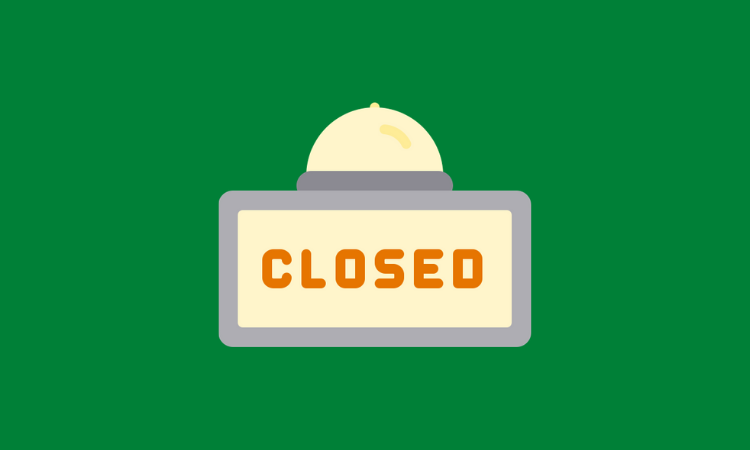The Customer Effect
‘Indian Country has been plagued by systemic red-lining’: Indigenous communities are the most unbanked in the U.S.
- Indigenous people in the U.S. and Canada continue to face institutional discrimination in their banking experiences.
- Indigenous-owned banks and enterprises are paving a path for economic autonomy and prosperity for their communities.








